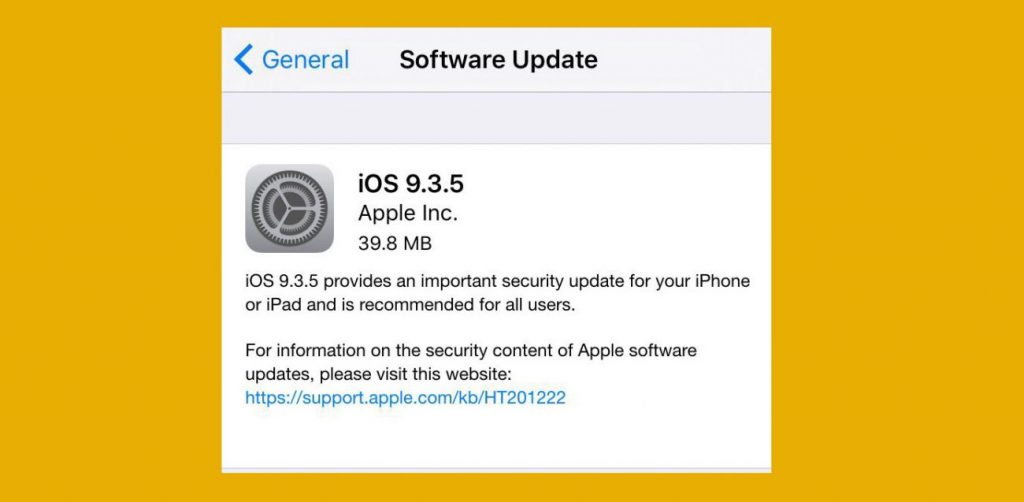There’s a question in many film makers minds lately — should I make this film for 2-D or for 3-D? Doesn’t seem like such a big deal, but the truth is that when Hollywood finally makes up its mind, it will be you and me that have to pay the price.
This is not meant as a metaphor. The verdict on this issue will literally determine the prices we pay to see movies in the future. And with the government cracking down on torrent sites, even illegal-downloaders may be effected.
What’s the difference between 2-D and 3-D?
Other than images appearing to protrude from the screen, there is also a difference in production costs, techniques and taping. The specific aspect of production I’m going to focus is frame rate speed.
Frame rate speed is important because people’s eyes can actually see the frames go by at slower speeds. Currently films are taped at 24 frames per second (fps), at this speed our eyes can see frames pass by. At this speed 3-D films are also less enjoyable.
Perhaps you remember a time when a headache occurred during a 3-D film or maybe even motion sickness? This is because of the slower frame rate. Moving to quicker frame rates would make 3-D films more enjoyable and could still be downgraded for a 2-D experience.
Time for a change?
Here’s the debate: is it time to move to 46fps or even 60fps? At these faster frame rates all 3-D experiences would be far more enjoyable. Where as keeping the standard where it is would continue to cause a strobing effect for viewers.
Production studios like the idea of keeping the current standard because it costs less money for them to juice up a film shot for 2-D and sell it at a viewing price that’s $3 higher. Last year the world saw a lot of this: Clash of the Titans, The Last Airbender, Gulliver’s Travels, and The Green Lantern. But this is a cheap and obnoxious trick.
Upgrading the equipment and shooting film for an enjoyable 3-D experience is definitely better for the average movie goer’s eyes. Most of the time these people are either used to the prices or are okay throwing down some extra change to see a film jump off the screen. Star Wars being released for 3-D viewing is proof that people are willing to pay extra money.
But, as mentioned before, changing the way studios make movies might bump up the prices further. My theory, unproved mind you, is that by upgrading equipment to capture film that is made for 3-D viewing will make the prices of 2-D films go up too. The movie industry will need someone to offset the extra cost of making better quality films — this does not in any way correlate with the acting caliber sadly — and my guess is that the money will come right out of movie goers’ budgets.
There’s definitely pros and cons to this issue. You’ll have to weigh them for yourself and hope the price doesn’t get too high.
Photo Courtesy of woodleywonderworks


